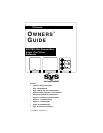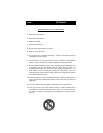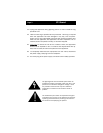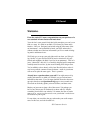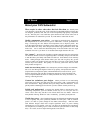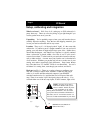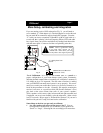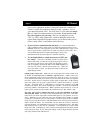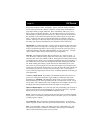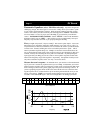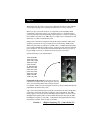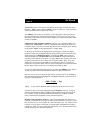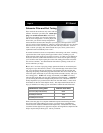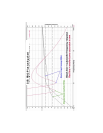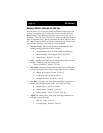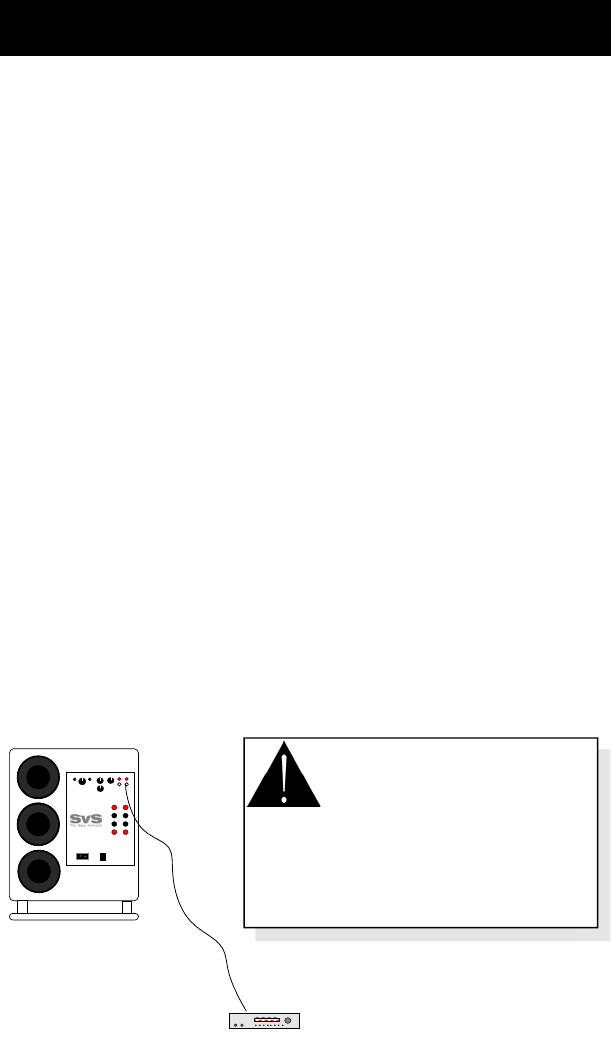
Setup, calibrating and integration
What’s to know?
Well, first of all, setting up an SVS subwoofer is
pretty darn easy. There are a few key things to get right though if you
want to get the most out of your sub.
Unpacking.
You’re probably eager to hear your sub, but take time to
carefully unpack everything. Save the box and shipping materials, just
in case you need to return the sub for any reason.
Location.
They say it’s “all about location” right? It’s the same with
subwoofers. So, where to put it?
Go for a corner
if you can, and avoid
putting your sub where it might adjoin large open areas
.
Studies have
shown that the deepest and flattest bass response is typically attained
when a subwoofer is placed within a few feet of one of your room’s
corners (leave about 3” in the back for port and cable clearance with any
wall or other surface). A corner near your favorite seat is often the best
of all locations. Whether you put the sub in front or to the rear of your
seating area makes surprisingly little difference. Deep home theater
bass, like that from “5.1 channel” DVDs is non-directional. You can’t
tell where it is coming from, even though you can hear, and feel it.
Hook-up
(see Fig. 1). There are a variety of ways to configure your
new sub. Usually, a simple mono, shielded 75 Ohm A/V RCA type
cable (a.) is used to take the subwoofer output of your DD/DTS
surround sound receiver
(b.)
and feed the low-level input of the sub’s
amp. There is no need to “split” the signal going to the sub (c.). You
can feed either one of the two amp inputs, it doesn’t matter, right or left.
Page 6
SVSound
DD/DTS Processor/Receiver
(Subwoofer “Out”)
Fig. 1
(a.)
(b.
(c.)
NOTE: Stop now if you aren’t
TOTALLY familiar with your re-
ceiver’s manual. Ensure all power
to your equipment is off when
making these connections. Also, be certain
your power outlet can handle a minimum of
600 watts. (Use of “convenience outlets” on
receivers are not recommended for your SVS).
Page 6



